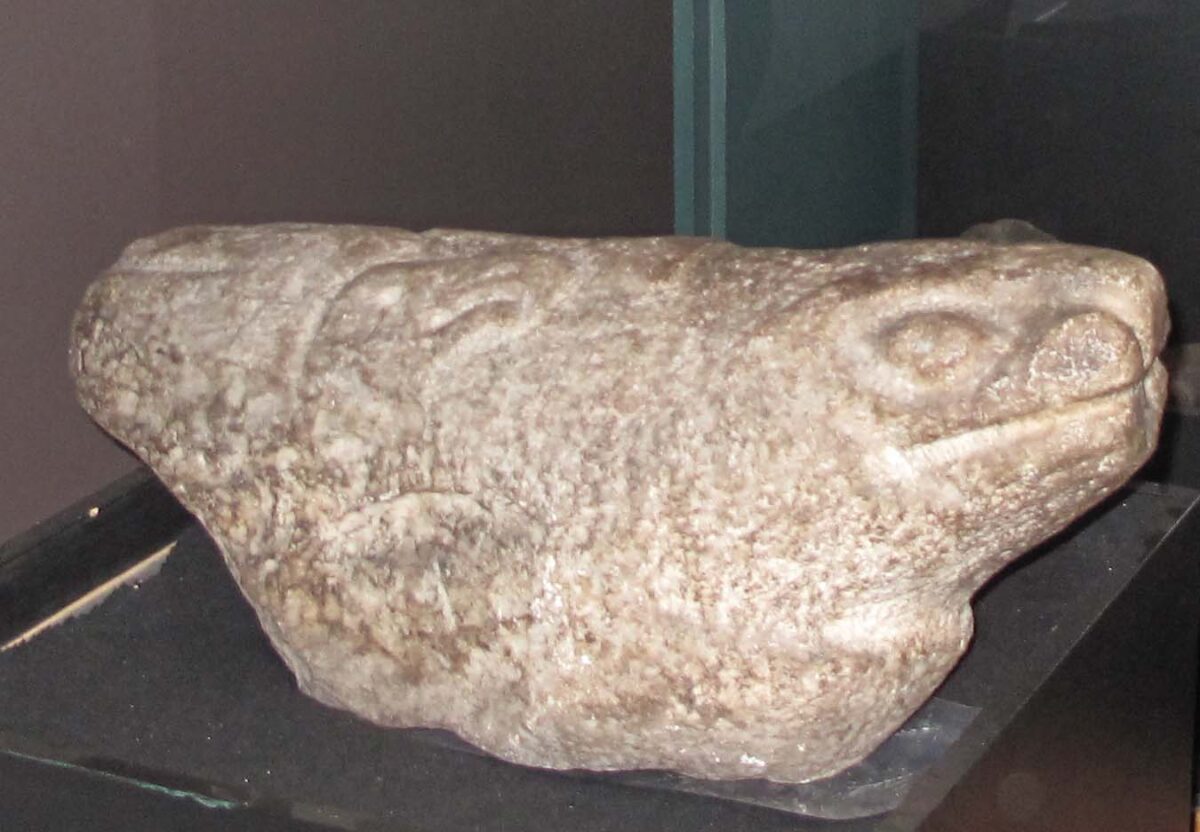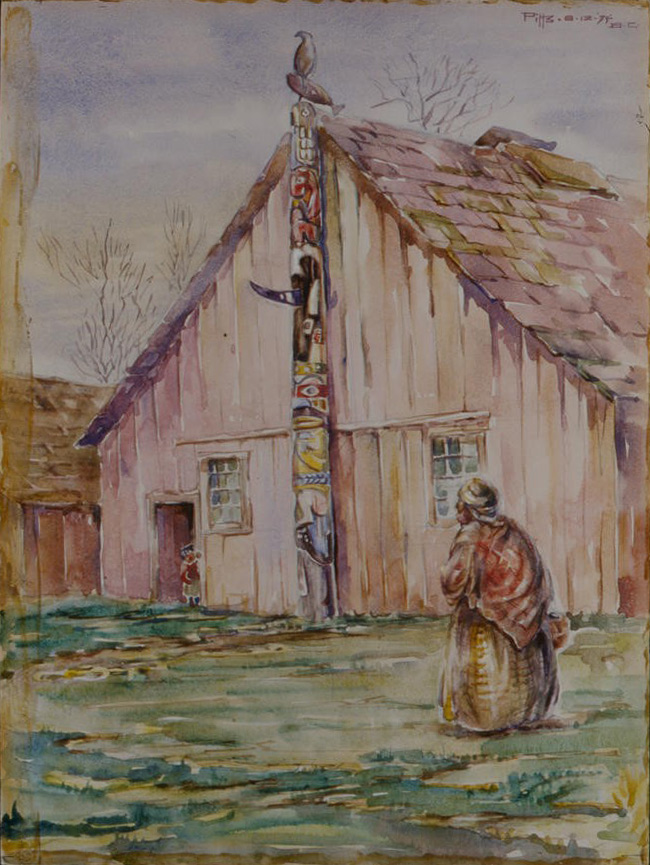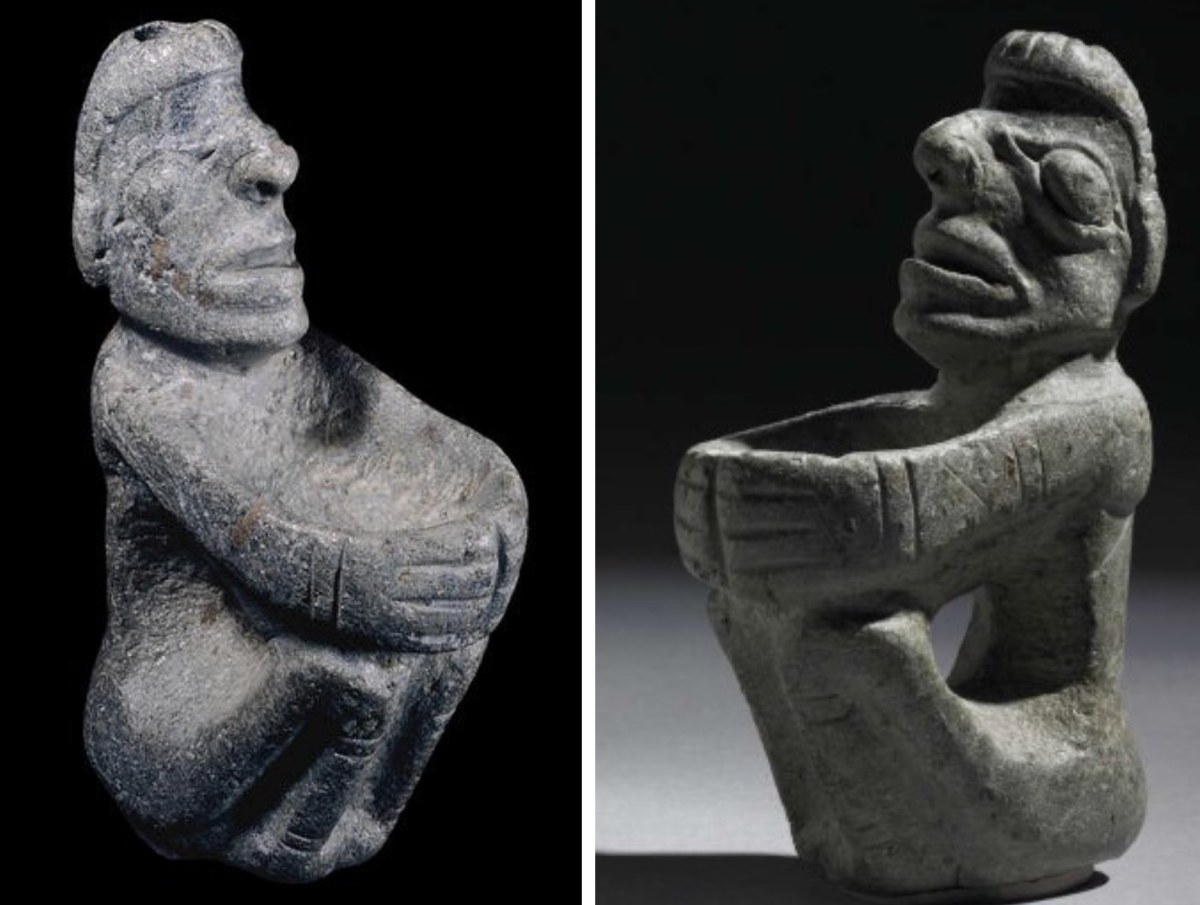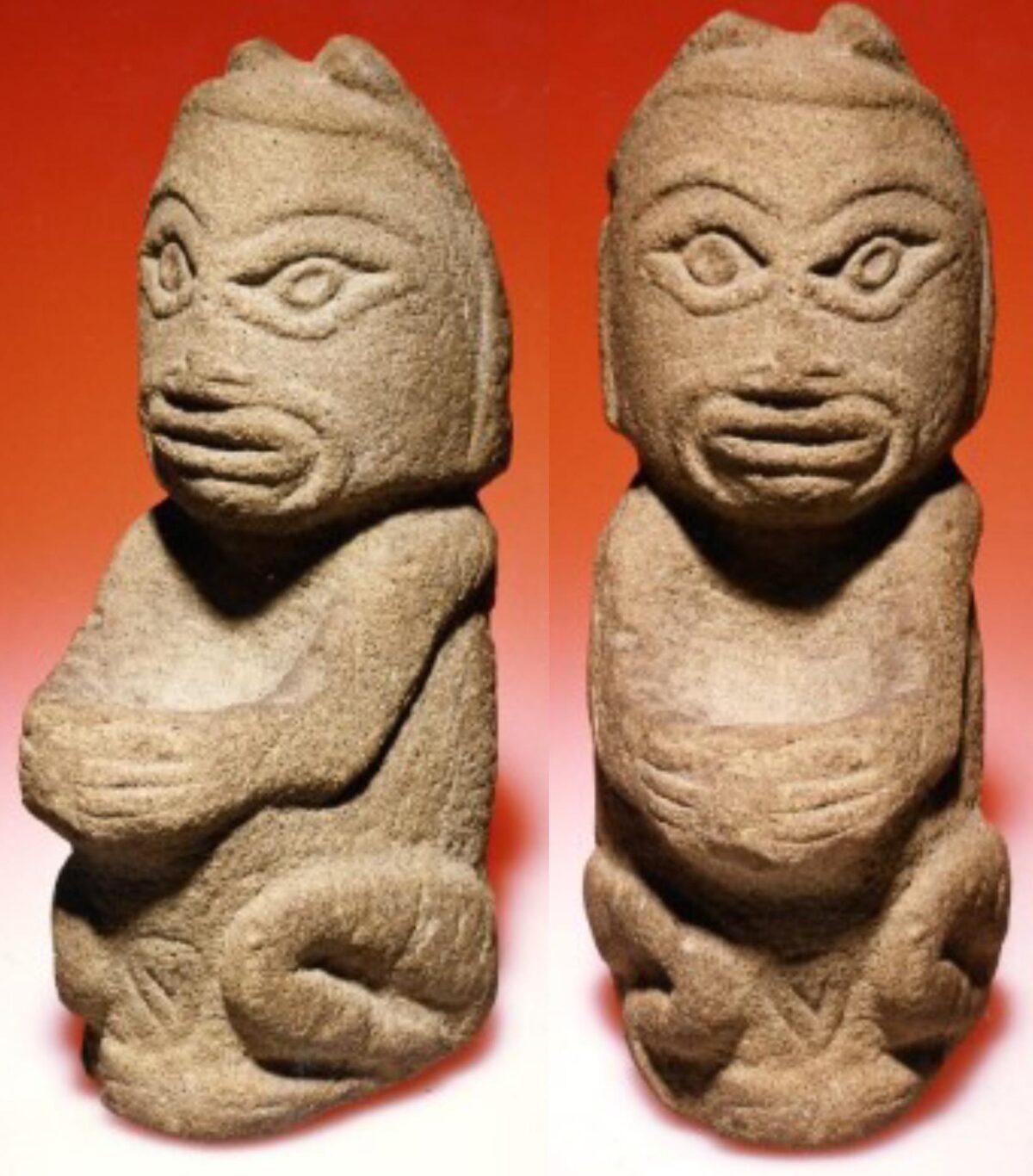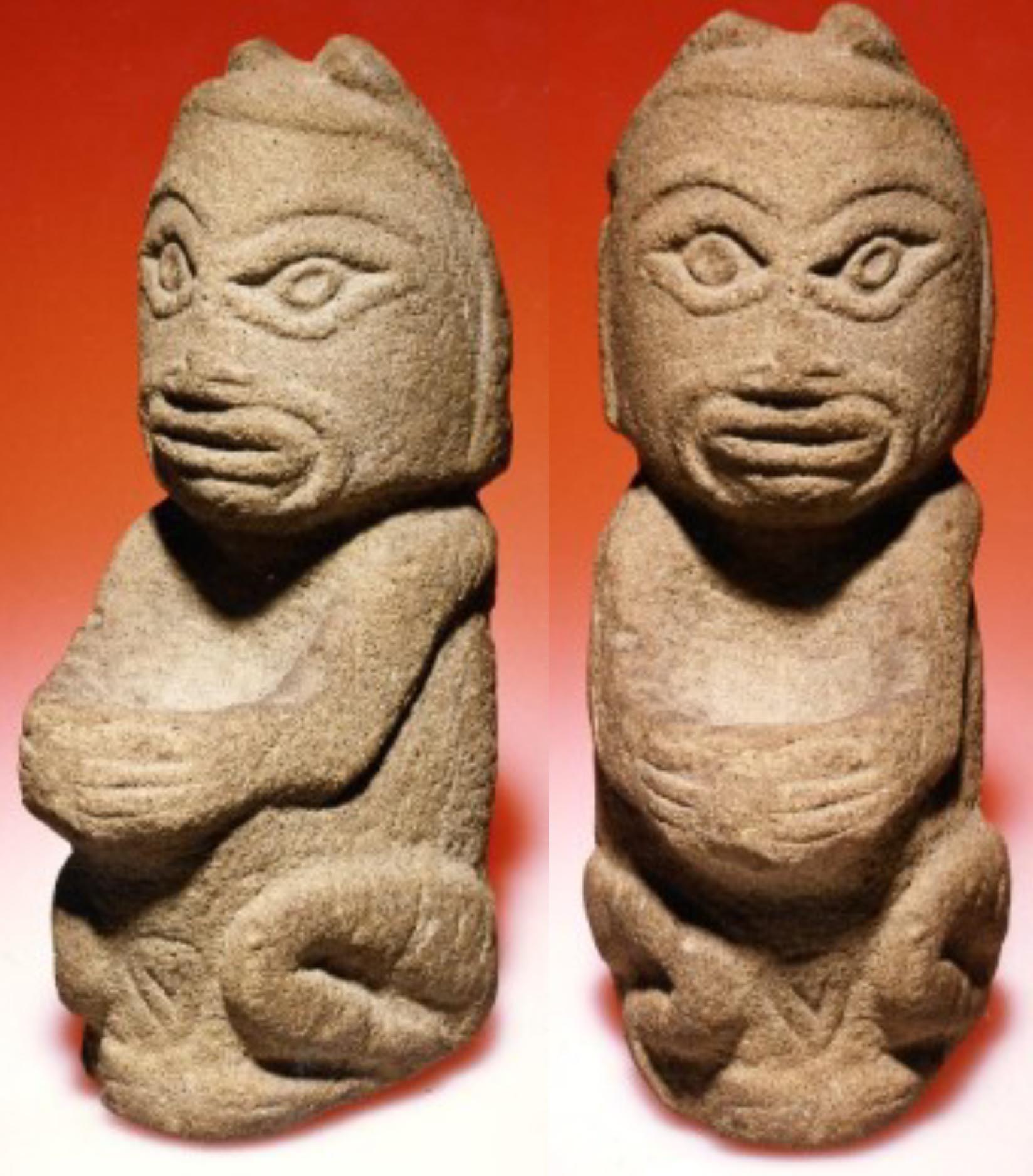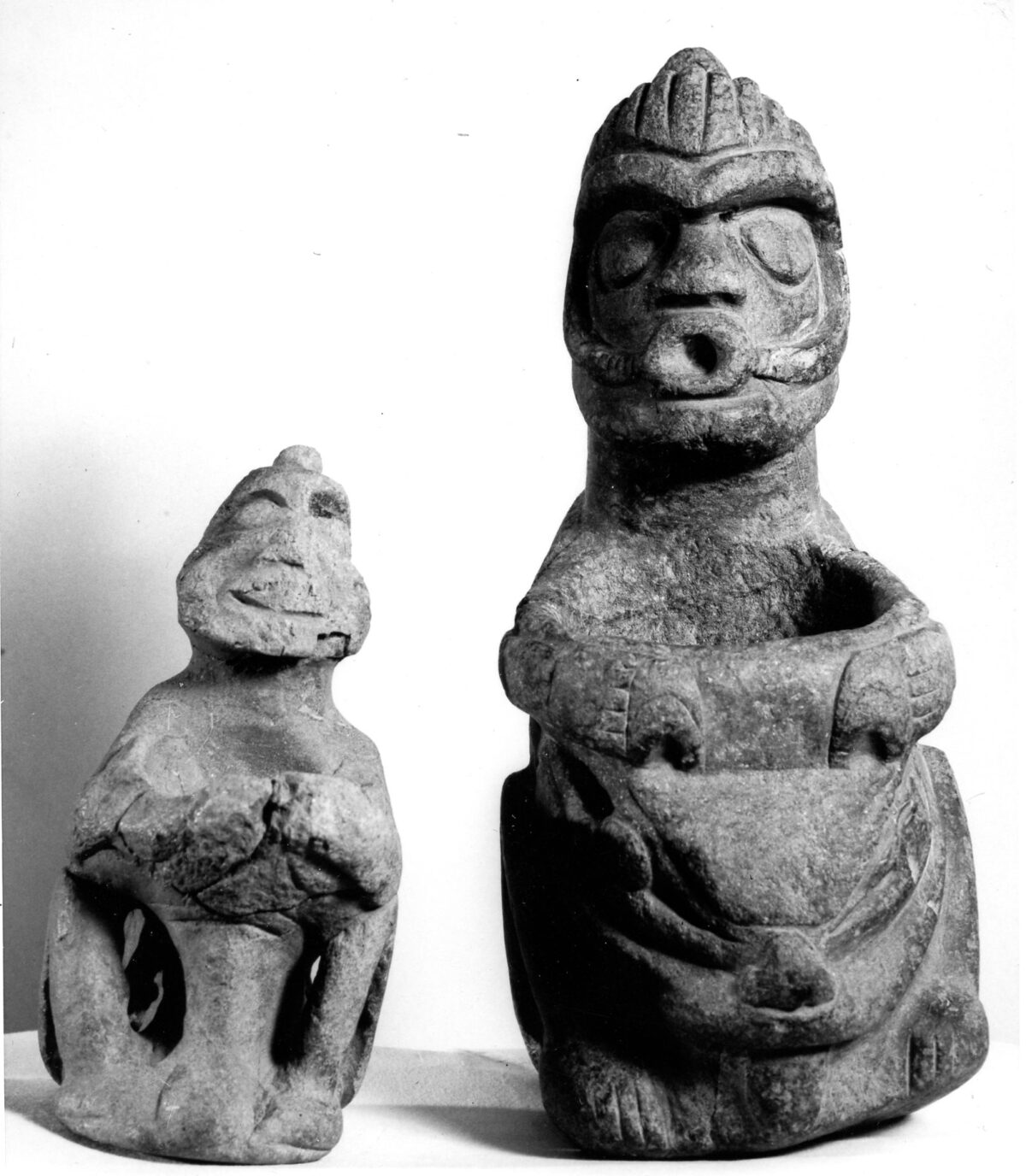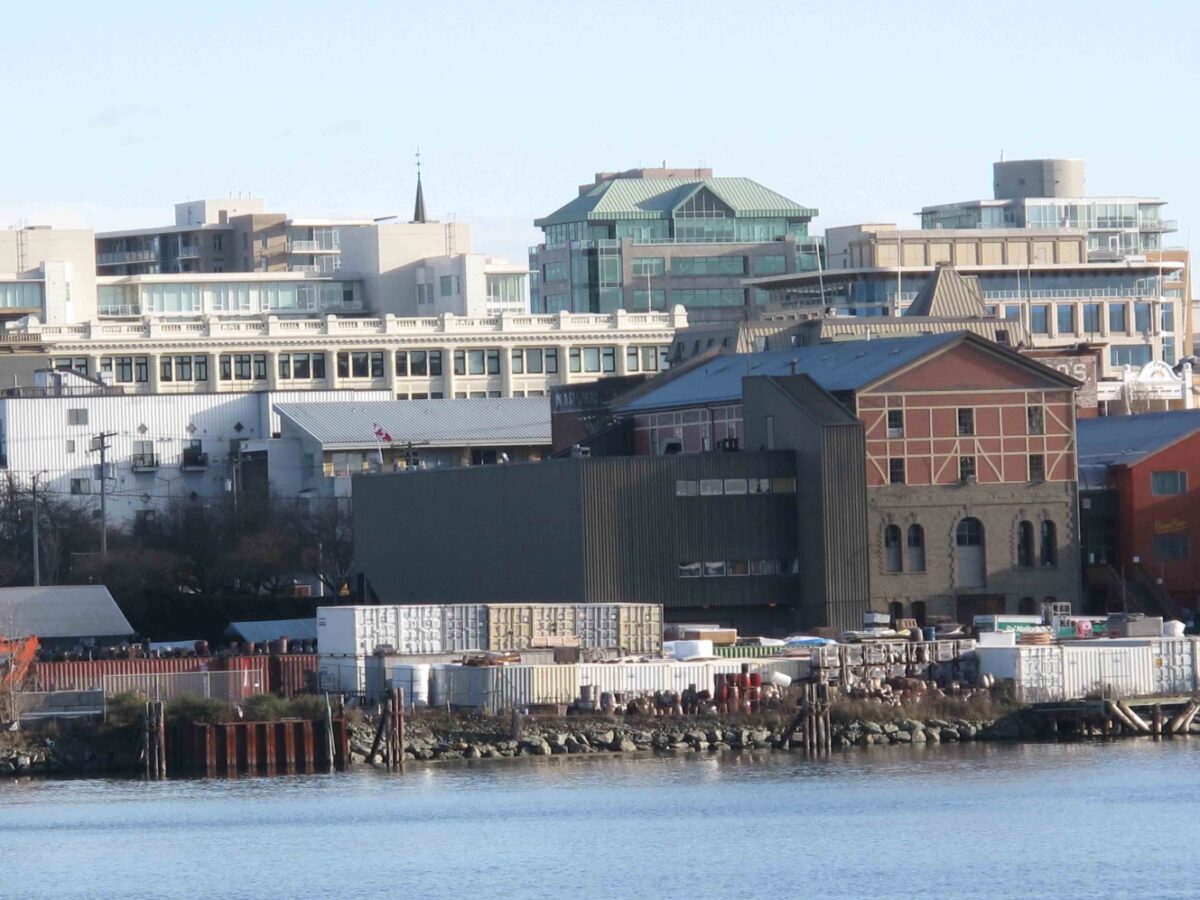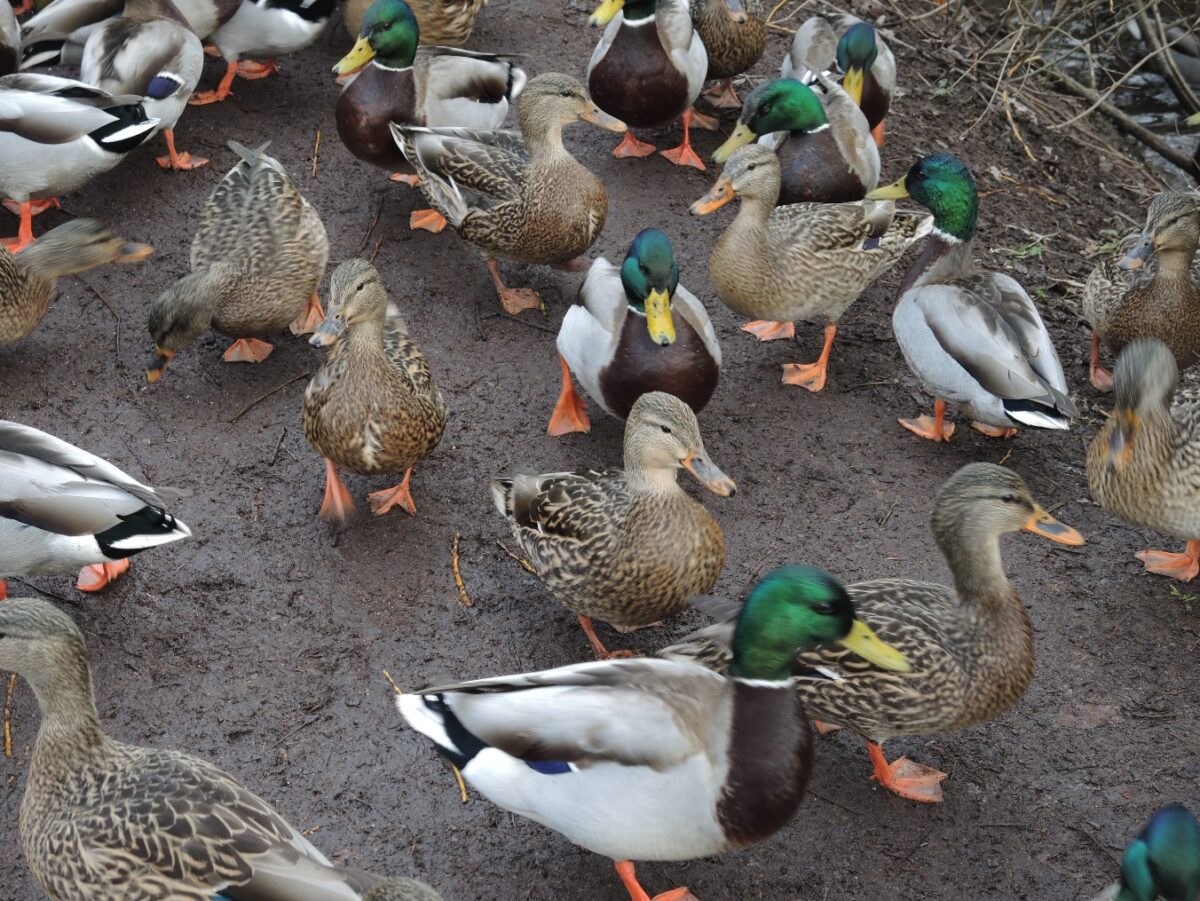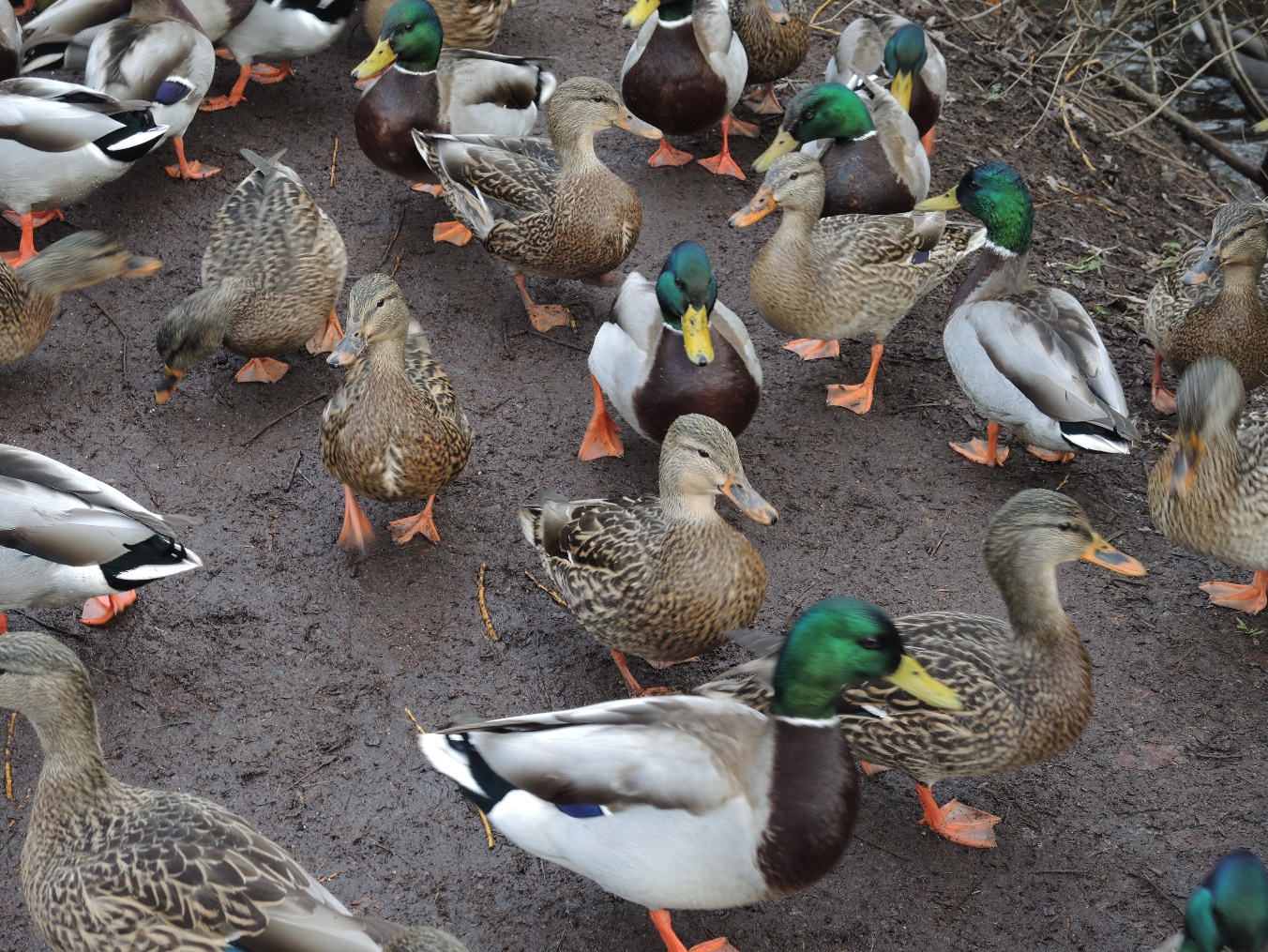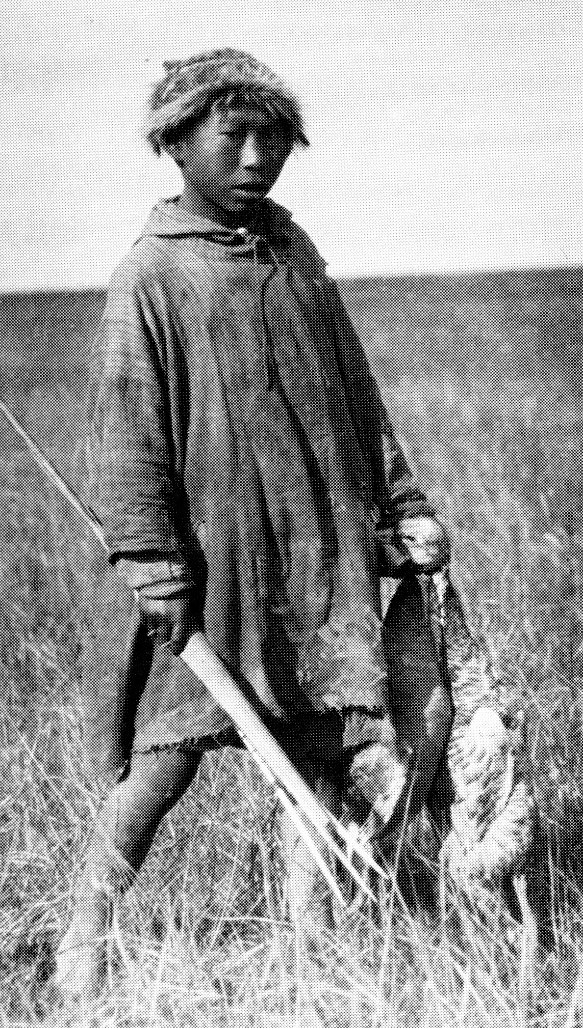
The use of this very heavy stone is unknown. It was collected from the old village of Usdis on Rivers Inlet in 1910. It has not been weighed, but I could barely lift it, and estimate it weighs about 200 lbs. There is no Indigenous source information of the use of this stone, but it would likely have been used for a ceremonial purpose. One suggested speculation is that in may have been used in a test of strength performance. The grooves on its side suggest that it was tied down, possibly on a wooden platform inside a house. It has a face like a mountain sheep and raven-like bird head designs carved on its sides. Provenance Charles Newcomb recorded … Continue reading “The Usdis Stone”
